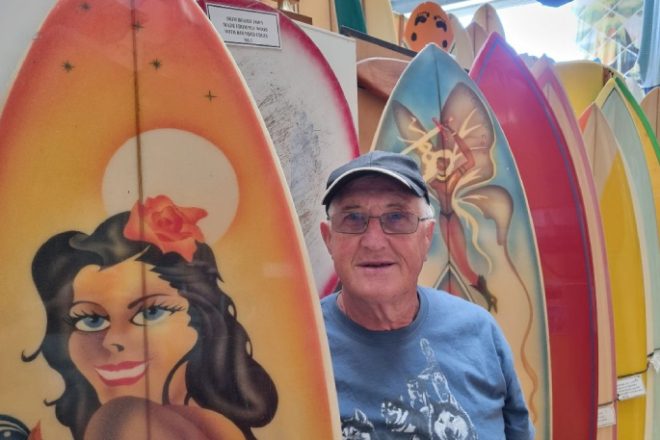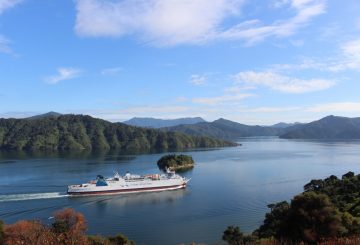Bảo tàng Tauranga sắp tới ở New Zealand đã mua lại Bộ sưu tập Dusty Waddell nổi tiếng, được biết đến với ván lướt sóng Kiwi cổ điển và kỷ vật lướt sóng. Bộ sưu tập này, bao gồm hơn 130 ván lướt sóng và nhiều mặt hàng cổ điển, sẽ có sẵn cho các thế hệ tương lai thưởng thức sau khi bảo tàng được xây dựng.
Dusty Waddell, một doanh nhân địa phương nổi tiếng và là người đam mê lướt sóng, đã tuyển chọn bộ sưu tập này. Nó đại diện cho lịch sử lướt sóng của New Zealand từ những năm 1960 đến những năm 1980. Waddell bày tỏ niềm vui của mình rằng bộ sưu tập sẽ được giữ lại với nhau và được đặt trong bảo tàng mới.
Bộ sưu tập bắt đầu vào năm 2005 khi con trai của Waddell mua một chiếc ván dài, khiến Waddell quan tâm đến lướt sóng. Greg McManus, giám đốc nghệ thuật tại Văn hóa & Di sản của Hội đồng thành phố Tauranga, đã ca ngợi bộ sưu tập này, gọi nó có thể là tốt nhất thuộc loại này từng được bán ở New Zealand.
James Jacobs, chủ tịch của Bay Boardriders, nhấn mạnh ảnh hưởng đáng kể của lướt sóng đối với văn hóa New Zealand. Ông lưu ý rằng thật phù hợp khi bộ sưu tập được đặt ở Tauranga, nơi cuộc thi lướt sóng quốc gia đầu tiên của đất nước được tổ chức vào năm 1963.
Bộ sưu tập Dusty Waddell sẽ kết hợp hơn 33.000 hiện vật trong Bộ sưu tập Di sản Tauranga, hiện được lưu trữ trong một nhà kho lớn, được kiểm soát khí hậu ở Mount Maunganui. Bảo tàng Tauranga mới, dự kiến mở cửa vào năm 2028, sẽ mang đến cho du khách một hành trình nhập vai xuyên qua di sản phong phú của thành phố và lịch sử lướt sóng sôi động của New Zealand. Bảo tàng là một phần của dự án lớn hơn, Te Manawataki o Te Papa, sẽ biến trung tâm thành phố thành một không gian cộng đồng với bảo tàng, thư viện, nhà họp công cộng và phòng trưng bày triển lãm. Việc xây dựng dự kiến sẽ bắt đầu trong năm nay.






























































